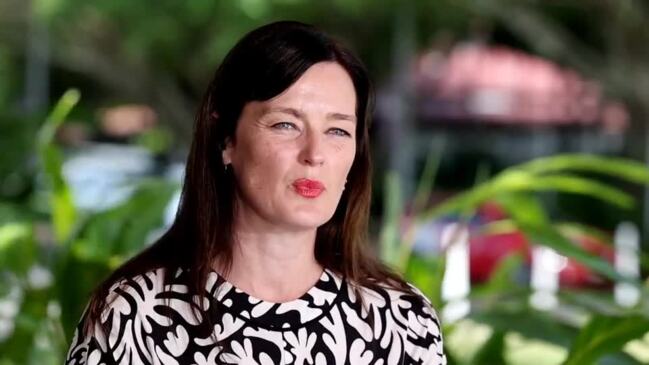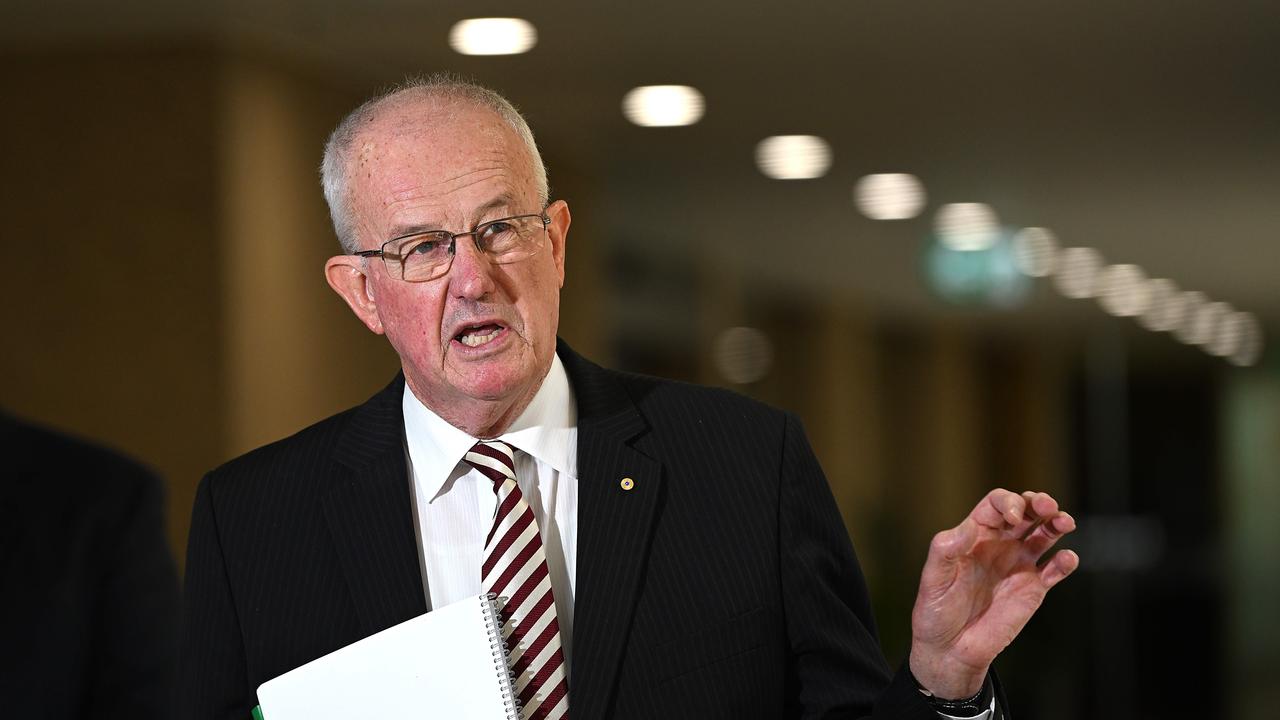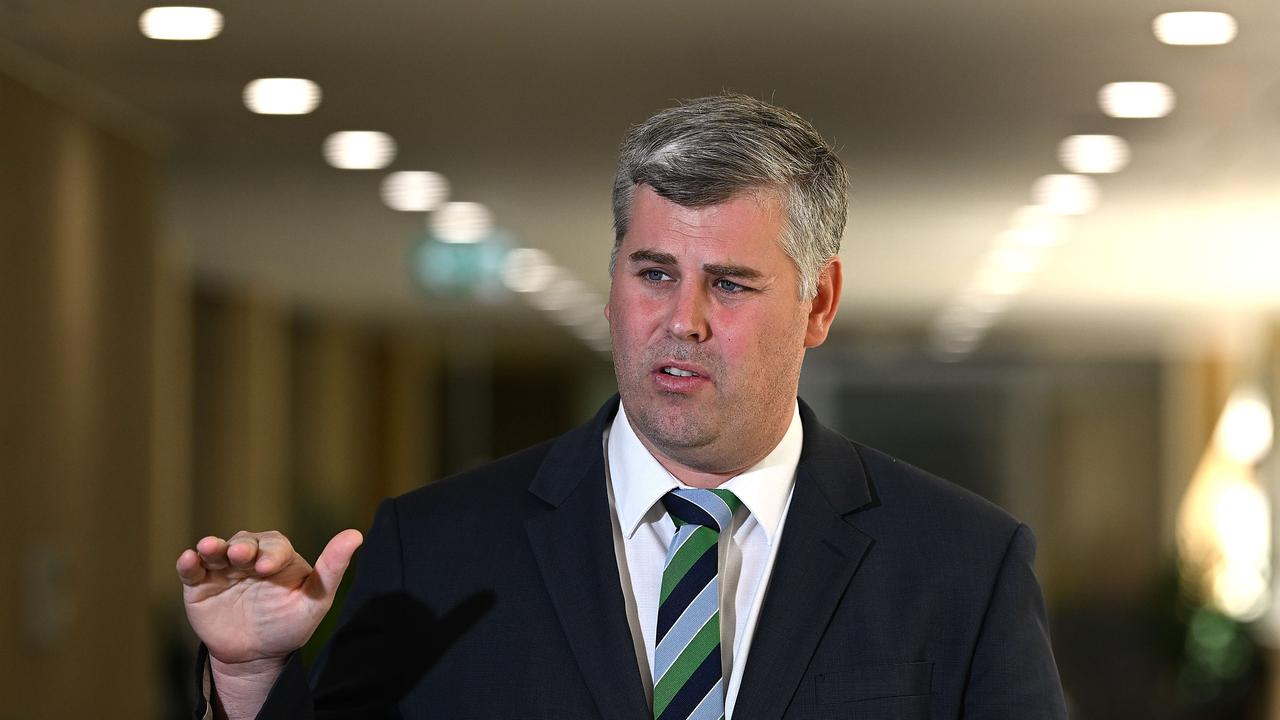Queensland Youth Justice reform review finds decrease in reoffending
One state’s overhaul of its youth justice reforms have been put under the microscope by a former police commissioner.

The “hardcore” youth justice reforms in Queensland have been a “worthwhile” step in curtailing crime across the state but more needs to be done, according to a former police commissioner.
The Queensland government introduced the reforms in 2021 that included eight legislated changes and nine policy initiatives aimed at targeting youth crime.
Former police commissioner and author of the Youth Justice Reform Review, Bob Atkinson AO APM, was tasked to review the reforms between May and October 2021.
The review looked at the implementation and early impacts of the reforms as well as the awareness of the reform program and the perceptions of public safety in the broader community.
His report, which he presented to the government in March 2022 but was only released publicly on Tuesday, said found four of the eight legislated changes were “standouts”.
“I think all of these initiatives are worthwhile (but) … it’s not a precise science,” Mr Atkinson said on Wednesday.

“It shouldn’t stop here, we should be monitoring ongoing what’s happening and also the willingness to try new ideas and new initiatives.
“This isn’t going to go away overnight, sadly.”
Mr Atkinson said there was“no quick fix to any of … this hardcore route”.
He attributed this to young offenders eligible for an ankle monitor most likely failing to show cause as to why they should be released on bail.
The review found 100 per cent of young offenders who failed to show cause as to why they should be granted bail were kept in custody.
Mr Atkinson said the presumption against bail could also be contributing to an increase in remand rates and initially there was some misunderstanding about the new changes.
“There was some very early misunderstanding that if they were on bail for anything at all that would apply to the show cause but that wasn’t the case,” he said.
“That’s fixed now (through) information and training.”
The review also found a low uptake of the electronic monitoring of young offenders on bail.

He recommended more should be done about using electronic monitoring because the “economic benefit” would outweigh the initial cost over time.
“How do you put a price on public safety?” Mr Atkinson asked.
“The cost of keeping young people in detention is absolutely massive.
“My view on that is long as it’s used responsibly and as long as there’s openness and transparency about how often it’s used and who it’s used by the police in relation to then we should look at expanding it, as the government has and not limit the potential to expand it in the future.
“We all have different views on how to go about them, but I don’t think it should be at the price on public safety.”
The report also found knife crime at metal detection trial locations on the Gold Coast had decreased and there had been a further 12 per cent reduction in overall hooning offences.
The age someone can be charged as an adult was increased from 17 to 18 years.
Mr Atkinson said this change would have attributed to the increasing number of youth offenders, as they now fell into the youth justice category.

Police Minister Mark Ryan said the government would continue to review the legislation.
“The statistics clearly show that there are more recidivist offenders in custody now compared to the period before these reforms were introduced,” he said.
“As the review states, it’s too early to make any definitive judgments, but it seems clear that there are some trends that support community safety outcomes.
“The government will continue to invest in strategies to enhance community safety.”
Originally published as Queensland Youth Justice reform review finds decrease in reoffending


